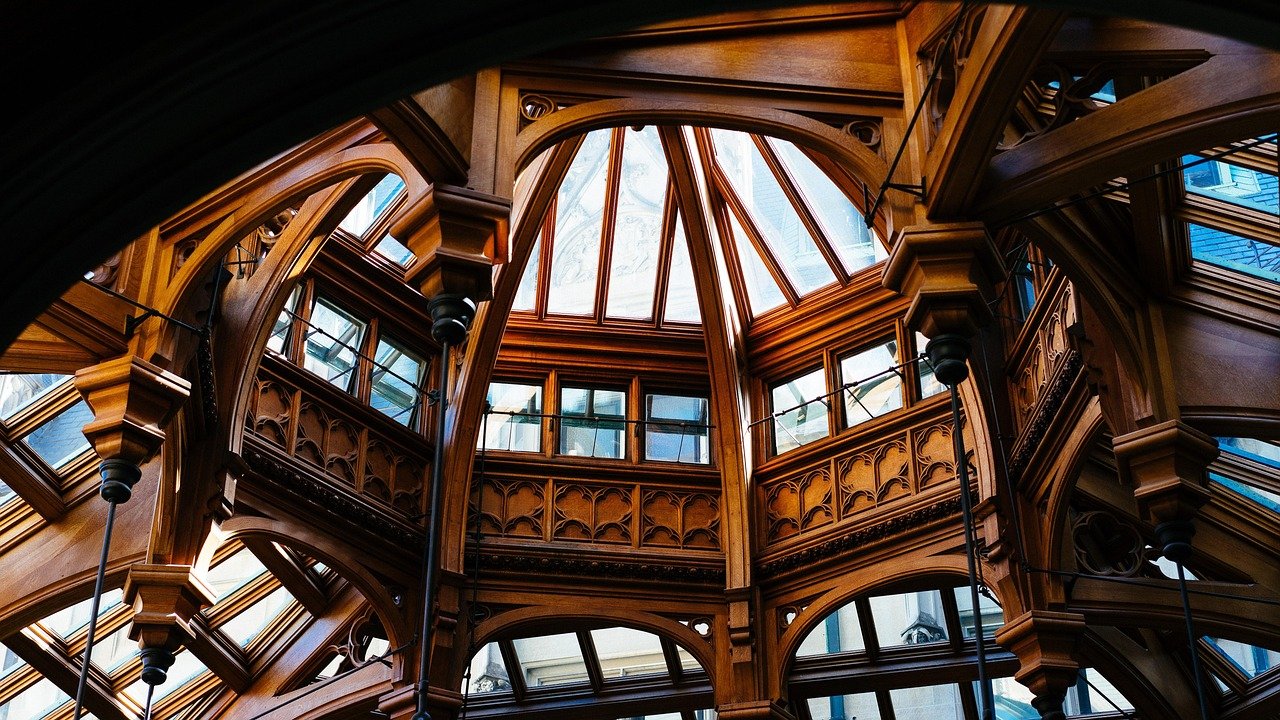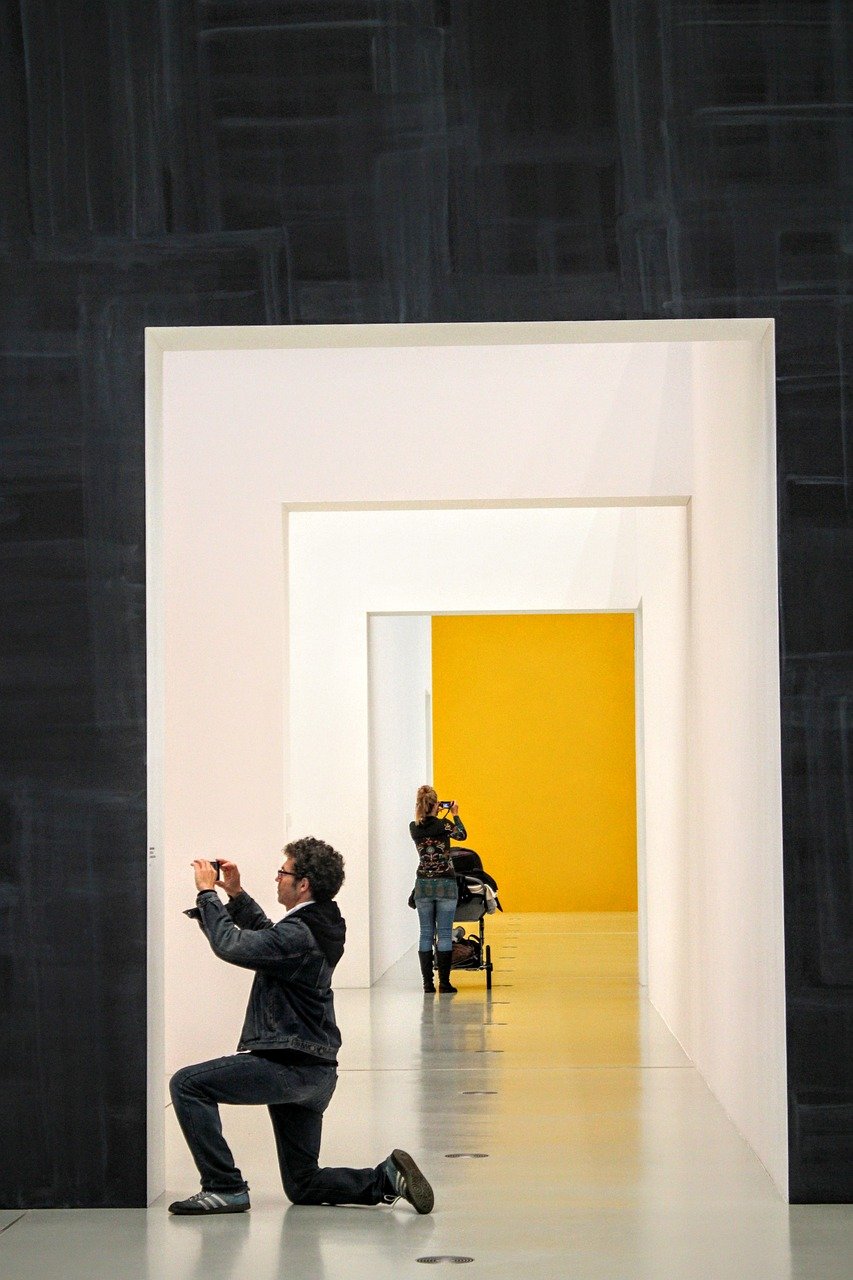

Unveiling the Masterpiece: The Intersection of Art and Museums in ‘Natural Born Killers’ Visual Revolution
The 1994 film Natural Born Killers, directed by Oliver Stone, is often hailed as a groundbreaking piece of cinema that pushed the boundaries of visual storytelling. Its frenetic editing, kaleidoscopic imagery, and unflinching exploration of violence have cemented its place in film history. However, beyond its cinematic achievements, the film also serves as a fascinating case study for the intersection of art, museums, and cultural commentary. This article delves into the questions raised by this intersection, exploring how Natural Born Killers challenges traditional notions of art, the role of museums in shaping cultural narratives, and the broader implications of its visual revolution.
The Artistic Merit of Controversy
One of the most pressing questions raised by Natural Born Killers is whether controversial art can be considered a masterpiece. The film’s graphic violence and morally ambiguous characters sparked widespread debate upon its release. Critics argued that it glorified violence, while others praised its satirical take on media sensationalism. This duality forces us to confront the nature of art itself: can a work be both provocative and profound?
The film’s visual style, characterized by rapid cuts, mixed media, and surreal sequences, draws heavily from avant-garde art movements like Dadaism and Pop Art. By blending these influences with mainstream cinema, Stone creates a hybrid form that challenges traditional aesthetic norms. This raises another question: how do we define artistic merit in a medium that straddles the line between high art and popular culture?
Museums as Cultural Gatekeepers
Museums have long been regarded as the custodians of cultural heritage, tasked with preserving and interpreting art for future generations. However, Natural Born Killers prompts us to question the role of museums in shaping cultural narratives. The film’s critique of media and consumer culture suggests that institutions like museums may inadvertently perpetuate certain ideologies by selecting which works to display and how to frame them.
For instance, if Natural Born Killers were to be exhibited in a museum, how would it be contextualized? Would it be presented as a critique of violence, a commentary on media, or simply as a visually innovative film? The answers to these questions have significant implications for how we understand the relationship between art, institutions, and society.
The Visual Revolution and Its Legacy
The visual techniques employed in Natural Born Killers were revolutionary for their time, but they also raise questions about the impact of such innovation on the art world. The film’s use of color, texture, and form challenges traditional notions of visual storytelling, inviting comparisons to the works of artists like Andy Warhol and Jean-Michel Basquiat. This blurring of boundaries between film and fine art prompts us to reconsider the definition of visual art in the digital age.
Moreover, the film’s influence can be seen in contemporary media, from music videos to social media content. This raises questions about the commodification of art and the role of technology in shaping artistic expression. As visual culture becomes increasingly democratized, how do we ensure that the artistic integrity of works like Natural Born Killers is preserved?
The Role of the Audience
Another critical question raised by Natural Born Killers is the role of the audience in interpreting art. The film’s ambiguous narrative and fragmented structure invite multiple interpretations, challenging viewers to engage with it on a deeper level. This interactive aspect of the film aligns with postmodern theories of art, which emphasize the viewer’s role in constructing meaning.
However, this also raises concerns about the potential for misinterpretation. Can a film like Natural Born Killers, with its complex themes and stylistic experimentation, be fully understood by a mainstream audience? And if not, does this diminish its artistic value?
The Intersection of Art and Ethics
Finally, Natural Born Killers forces us to confront the ethical implications of art. The film’s depiction of violence and its critique of media raise questions about the responsibility of artists to their audiences. Should art be held to ethical standards, or is it inherently amoral? This debate is particularly relevant in the context of museums, which must navigate the fine line between artistic freedom and social responsibility.
Sharing the Experience
For those who have yet to experience Natural Born Killers, the film offers a unique opportunity to engage with art in a way that challenges conventional norms. Its visual style, thematic depth, and cultural commentary make it a compelling subject for discussion and analysis. Whether viewed in a theater, on a streaming platform, or as part of a museum exhibition, the film invites viewers to question their assumptions about art, media, and society.
The Future of Art and Museums
As we move further into the 21st century, the questions raised by Natural Born Killers become increasingly relevant. The film’s innovative approach to visual storytelling and its critique of cultural institutions offer valuable insights into the evolving relationship between art, technology, and society. By examining these questions, we can better understand the role of art in shaping our world and the responsibilities that come with it.
In conclusion, Natural Born Killers is more than just a film; it is a cultural artifact that challenges us to rethink the boundaries of art and the role of museums in shaping our understanding of it. Its visual revolution continues to inspire and provoke, reminding us of the power of art to question, challenge, and transform.
